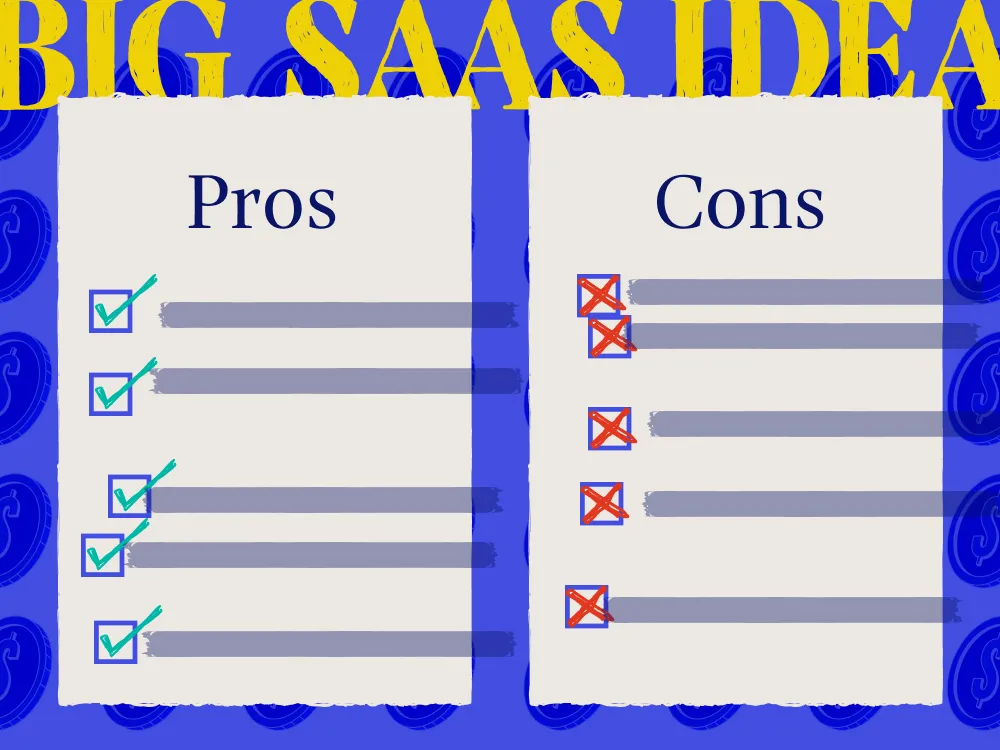When it comes to pitching a CMO, there are a few things to remember to create a compelling business case. According to Tyler Calder, the Chief Marketing Officer for PartnerStack, says if he doesn’t see the revenue upside, he’s not going to read it.
- Does it align with revenue impact?
- What is the business objective?
- How does it align with the company’s strategy?
- What is the risk of not pursuing the idea?
This approach is key to marketing success, which often means getting project funding from investors, a key function of a CMO’s role. As Calder, one of Influitive’s Customer-led Fearless 50 CMOs for 2023, says, his team’s role is to bring an idea while keeping those four principles in mind. His role, as CMO, is to support his team and secure funding from the executive leadership team. As he says, if his team’s pitch is successful, his pitch to the ELT has a higher chance of success and funding.
Whether pitching a simple campaign or an entire partner program, we’re talking about how to best prepare your concepts to get them approved by executive leadership.

Related: OKRs for partnerships: How they create alignment, transparency and impact.
How the role of the CMO has changed
Calder says there's still a common misconception that marketing is mainly creative endeavors that aren't necessarily rational or logical. Think: traditional brand marketing campaigns during the golden days of advertisements — often executed in older channels like radio, television and billboards. That has changed.
Instead, in the last 15 to 20 years, marketers got digital and have put themselves at the revenue table in a process that Calder describes as “Mad Men to math men”. Just as chief technical and financial offers rely on data and come armed with spreadsheets and financial targets, so do marketers.
This change is reflected in the industry. Many CMOs have moved from being idea people to being focused on customer behavior and trends, according to Gartner. They also have to be extremely aware of the competitive landscape and be data-aware and driven.
Because they’re so tapped into the data and customer insights, and can tie all of this into revenue and company strategy, CMOs are extremely influential in their companies and industries. That means CMOs have their own set of metrics.
“You hold yourself accountable by committing to a measurable return on investment, whether it’s a financial return, new partners or reduced churn,” Clader says, giving an example of investing $250K and committing to turn that into $500K.
While you may not hit every single target you set, he says, as long as you're showing up and committing to an expected return on these investments, you can get buy-in from ELT.
One of the best ways to get ELT buy-in for a marketing initiative is to make sure the CMO knows the entire marketing journey from idea to execution. While you and your CMO can chat in all the marketing jargon you want, discussing lead generation, brand positioning, inbound marketing, EQLs and metrics, Calder says the ELT is interested in how the plan supports the company’s goals.
That means speaking the same language as the ELT, says Calder. He goes to every single ELT meeting prepared to update other members about the progress of projects, including performance, conversion, learnings, budgeting, conflicting priorities and even tech requirements. “Just as the chief financial officer has their spreadsheet, so do I,” he says.
This means constant communication and keeping the ultimate goal in mind — how does this pitch solve the company’s strategic goals?
How team members can support a CMO with their pitches
Do the appropriate research for the size of the pitch. Calder doesn’t expect every idea to be fully fleshed out when it’s pitched to him. “If it’s a $500 pitch, I’m just looking for gut instinct based on your industry experience.”
However, if it’s a bigger financial request, he wants supporting data and to see the due diligence. His recommendation for anyone pitching a CMO is to consider these questions:
- Is it something that you’ve executed in a previous role? What were the results?
- Is it something that has been done in the market and has paid off well? This is where leveraging historical data or industry trends can strengthen your pitch.
- Is this something you’ve seen and know it can be executed better than current trends?
- Have you spoken with people in your network? What did they say?
- Have you run the numbers and calculated the return on the initial investment? Is it worth it?
- What kind of metrics would be put against this project? Would it be financial, engagement or lower churn?

While PartnerStack doesn’t have a pitch template, Calder wants to see a forecast for bigger pitches that outlines solid assumptions and risks of executing or not executing the idea.
“What's the biggest upside of this thing that we're thinking of investing into? I want to know what the realistic expectation is, but I also want the big, blow-this-thing-out-of-the-water-expectations. Give me the universe of possibility because if the universe of possibility is 100 times ROI.There are risks there, but there's the bigger upside of a bigger return.”
By providing the full picture, Calder says, a CMO can better determine if the idea should be explored. This could be an influencer event with measurable social media metrics like reach, engagement, followers and sign-ups. This approach can also go beyond a campaign or project — it’s how partnership pros should be thinking when growing their partner programs too.
Related: How PandaDoc grew partner-sourced monthly recurring revenue by 47% YoY with PartnerStack.
Does that mean that every pitch to the CMO has to be fully documented, backed up by historical data and fleshed-out ROI? No. Calder believes that’s where leaders often go wrong and hinder the creative process. “You end up missing out on some great ideas if a person is struggling to refine a pitch and is hesitant to discuss it with me. I want there to be an environment where divergent thinking is abundant.”
He says he wants his team to come to him to discuss ideas, even if they’re half-formed. Even if the idea doesn’t work out entirely as anticipated, there are always learnings that can be used towards the next campaign or product launch.
Calder’s role as CMO is to support his team’s ideas, leveraging his marketing experience and industry knowledge. He also removes bottlenecks so his team can execute on an idea.
There's a risk if you're too formal and too firm on what somebody needs to bring you. Calder says that results in a company converging on the most obvious ideas, the ones that are easiest to pitch, that everyone else is doing. That, according to Calder, is boring. Taking risks can help a company stand out.
So when it comes to pitching a CMO, Calder likens it to Dragon’s Den — go in, give him the descriptor, budget and provide the expected outcomes and milestones along the way. And always, make sure it aligns with revenue goals.
Additional resources
If you want to go in deeper on how to pitch your partner program, our partners at Partner Fleet put out a guide on pitching to CXOs and getting budget.

















